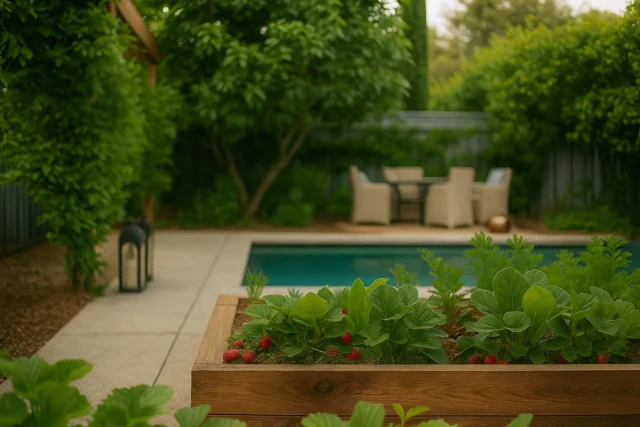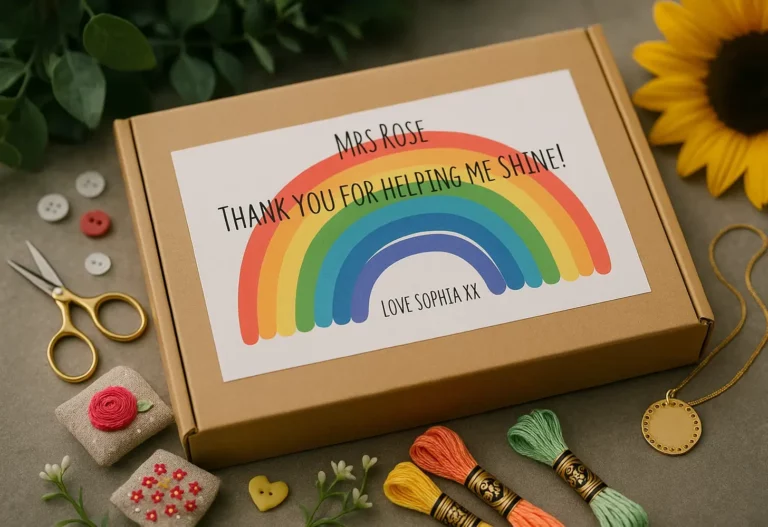Spaghetti Carbonara is more than just a pasta dish; it’s a delicious blend of history and flavor that captures the essence of Italian cuisine.
Table of Contents
ToggleThis iconic dish emerged in the 1940s, likely influenced by American soldiers’ rations, merging ingredients like eggs and bacon with traditional Italian elements. Its cultural significance lies in how it reflects Italy’s post-war culinary evolution. The origin traced back to 1944 highlights its unique beginnings during a transformative period in Italy.
While rooted in Rome, Carbonara showcases regional variations, with some recipes drawing inspiration from Naples.
Over the years, it gained international fame, becoming a staple on restaurant menus worldwide. The dish’s journey from local trattorias to global recognition highlights its enduring appeal and the rich tapestry of culinary traditions that shape Italian food today.

What ingredients do you need?
To create a mouthwatering Spaghetti Carbonara, you’ll need a handful of key ingredients that come together for a rich and savory experience.
Start with high-quality meats and cheeses, and don’t forget your pasta variations for a unique twist. Here’s what you’ll need:
- 4-6 oz of diced pancetta or guanciale (or block bacon as a cheese substitute)
- 2-3 large eggs and 2-3 extra yolks for a creamy sauce
- 1 lb of spaghetti or bucatini, plus 1/2 cup of pasta cooking water
Add freshly ground black pepper, and if you like, consider optional ingredients like garlic or crushed red pepper flakes to enhance the flavor. Remember that traditional preparation involves only egg, cheese, and starchy pasta water for achieving the authentic carbonara experience.
Step by Step Instructions
Creating a delicious Spaghetti Carbonara involves a series of straightforward steps that guarantee a perfectly creamy and flavorful dish. Here’s what you need to do:
- Boil salted water and cook your spaghetti until al dente.
- Sauté pancetta until crispy, then mix in garlic.
- Whisk eggs and Parmesan, temper with pasta water.
Combine the cooked spaghetti with the pancetta in the skillet, then remove from heat.
Pour the egg and cheese mixture over the pasta, tossing gently to create a rich sauce. This dish traditionally utilizes raw eggs to achieve its creamy texture without the need for cream.
If you’re looking for pasta variations, consider using fettuccine or penne.
For sauce alternatives, you might experiment with adding cream or using different cheeses.
Cooking Tips
When making Spaghetti Carbonara, mastering a few cooking tips can elevate your dish from good to exceptional.
Focus on your ingredient selection—use pancetta or guanciale instead of bacon for an authentic flavor. Start cooking the pancetta or guanciale in a cold pan to render the fat slowly, achieving that perfect crispy texture.
Pay attention to timing and temperature control; remove the pan from heat before adding the egg mixture to prevent scrambling. Whisk the eggs and cheese until light and fluffy, and don’t forget to reserve some pasta water.
This starchy liquid helps adjust the sauce’s consistency, creating a smooth, creamy finish.

Serving Suggestions
After perfecting your Spaghetti Carbonara, the next step is to contemplate how to serve it for maximum enjoyment.
Consider using elegant individual plates to showcase the vibrant colors of your dish. Enhance your meal pairings by serving crusty French bread or warm garlic bread for mopping up leftover sauce.
A fresh chopped salad with a tangy vinaigrette balances the richness of the pasta, while sautéed green beans add a pop of color and crunch.
For a delightful wine pairing, opt for a light, dry white like Pinot Grigio, which cuts through the creamy sauce.
Finally, don’t forget to sprinkle fresh cracked black pepper and extra Parmesan on top for a finishing touch that elevates your serving style.
Storing
Storing your Spaghetti Carbonara properly is essential for maintaining its flavor and safety.
After cooking, let it cool completely before transferring it to an airtight container. Use refrigeration techniques by refrigerating within two hours to prevent bacterial growth.
Keep your carbonara on a shelf in the refrigerator, where it can last up to 24 hours, though some sources suggest up to 3-4 days for quality.
If you decide to use freezing methods, know that this might alter the creamy sauce’s texture. Store it in an airtight container or heavy-duty freezer bags, and consume within 2-3 months for best results.
Always check for signs of spoilage before enjoying your stored carbonara.
Health Benefits
Properly storing your Spaghetti Carbonara not only preserves its flavor but also guarantees you can enjoy its nutritional benefits later.
This dish packs a punch with 19-30 grams of protein per serving, thanks to eggs, cheese, and pancetta. Eggs provide high-quality protein and essential vitamins like B12 and D, supporting energy and bone health. Cheese adds calcium and phosphorus, vital for strong bones and energy metabolism.
To enhance the nutritional value, consider ingredient alternatives: swap heavy cream for Greek yogurt to lower saturated fat, or use whole-grain pasta for added fiber. Incorporating vegetables like spinach or peas can also boost the dish’s health benefits, keeping it satisfying and nutritious while promoting a balanced diet.

What to serve with it
When planning a meal around Spaghetti Carbonara, consider pairing it with classic Italian side dishes that enhance its rich flavors.
Garlic bread is perfect for sopping up the creamy sauce, while bruschetta offers bright, tangy contrasts with fresh tomatoes and basil. A light Caprese salad can provide invigorating complementary flavors, balancing the heaviness of the pasta.
For something savory, try stuffed mushrooms or an antipasto platter filled with cured meats and cheeses.
You might also enjoy sautéed spinach or roasted cherry tomatoes for a splash of color and taste. If you’re feeling indulgent, bacon-wrapped asparagus adds a smoky crunch.
These side dish ideas will elevate your carbonara experience and create a well-rounded meal.













